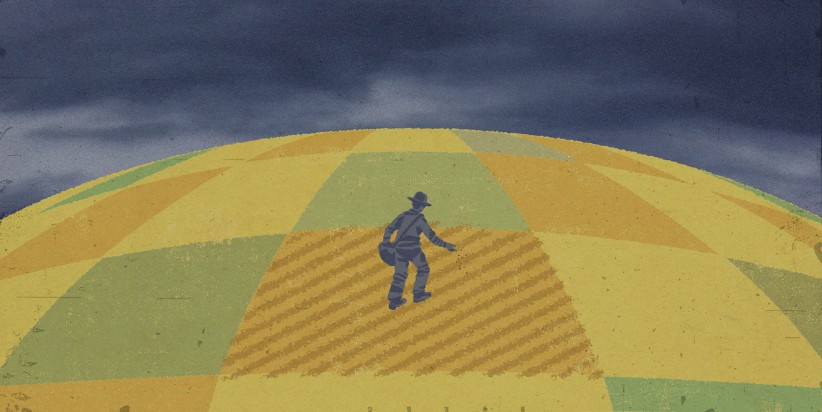Food for a Crisis
Common plants can ease food insecurity in disaster scenarios, says Michael Jacobson, professor of forest resources.

Common plants can ease food insecurity in disaster scenarios, says Michael Jacobson, professor of forest resources.
